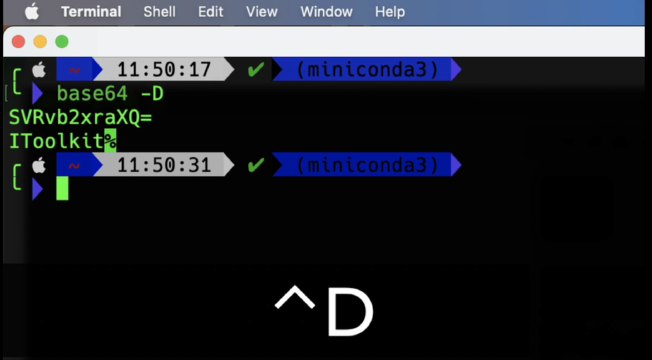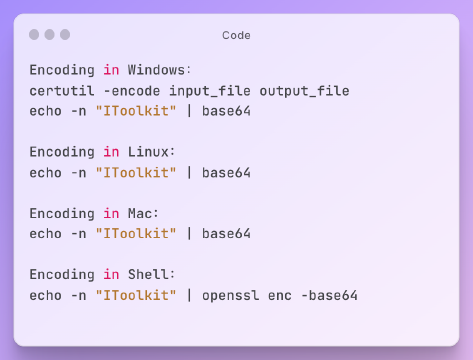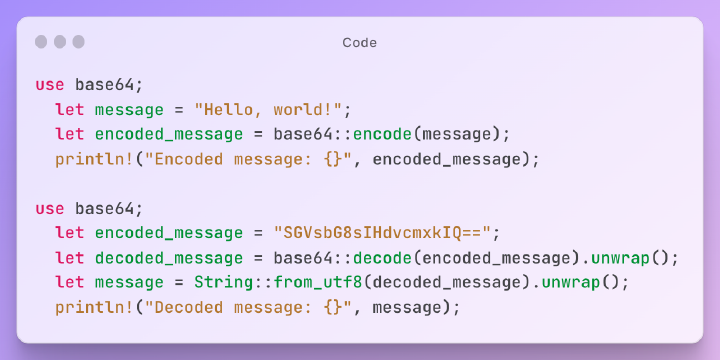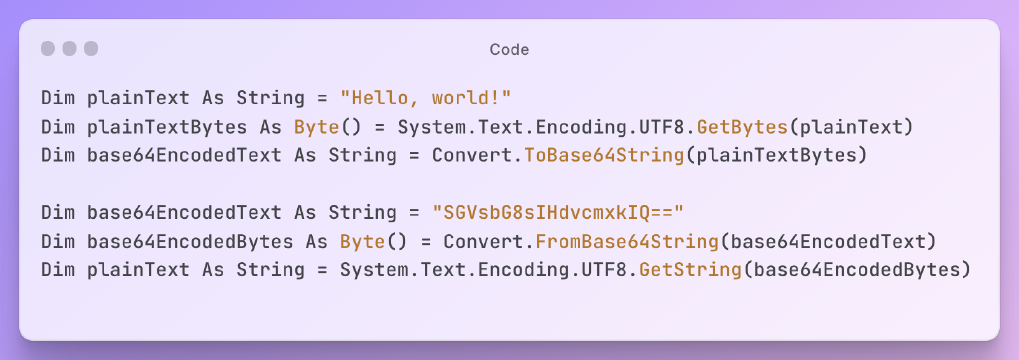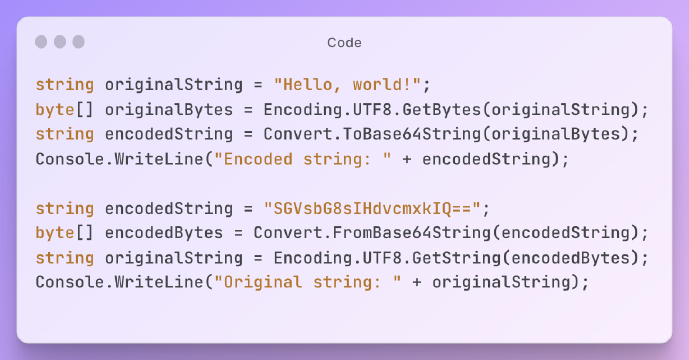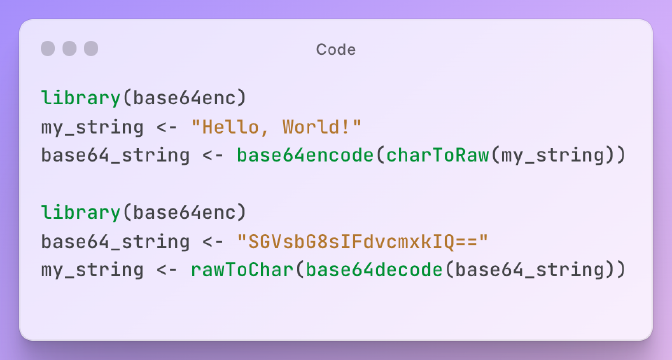Excerpt§
MIME email attachments use base64 encoding to convert binary file data into text compatible with plaintext email transport.
If you’ve ever gotten an email with a file attachment, you may have noticed the attachment contents look like a long string of random characters. This base64 encoded text allows binaries like files to be sent through email. In this post, we’ll look at why base64 is used for encoding MIME email attachments.
Brief Background on MIME and Base64§
MIME (Multipurpose Internet Mail Extensions) is the standard format for sending attachments in email. It allows attaching binary files like images, PDFs, documents, etc.
Base64 is an encoding scheme that converts binary data into ASCII text for transmission. It is commonly used to encode email attachments into MIME compatible format.
How Email Attachments Work in MIME§
Here is the high-level process for sending a file attachment with MIME:
The attachment consists of the raw binary data from a file like a PDF.
This binary data needs to be encoded to plaintext in order to include it in the email body.
On the receiving end, the encoded attachment can be decoded back into the original binary file.
So the challenge is finding a suitable encoding that meets the needs of email attachments.
Requirements for Encoding Email Attachments§
What are some key requirements when picking an encoding for MIME email attachments?
Email itself is transmitted as plaintext ASCII characters.
The attachment can be any kind of binary data - image, document, zip file, etc.
The encoding should have small overhead - avoid ballooning attachment size.
Base64 satisfies these requirements, which is why it was chosen as the standard MIME encoding.
Why Base64 Encoding is Used for MIME§
Here are some specifics on why base64 works well for encoding MIME email attachments:
It can handle any type of binary data by encoding the raw bytes.
Base64 maps binary data to ASCII characters that are email compatible.
The size increase is modest - only around 33% larger than the original binary.
So base64 neatly solves the problem of transmitting any binary data through plaintext email.
How Base64 Encoding Works§
As a quick refresher, here is how base64 encoding converts binary data to text:
- The binary is broken into 6-bit chunks.
- Each 6-bit value maps to one of 64 characters like A-Z, a-z, 0-9.
- The mapped characters make up the encoded text output.
This allows any binary like a file attachment to be turned into ASCII text.
Advantages of Base64 Over Other Encodings§
There are other encoding schemes that convert binary to text. But base64 has advantages making it a great fit for MIME:
It has smaller overhead than alternatives like hexadecimal encoding.
Base64 is a widely implemented open standard, supported across languages and platforms.
The compact encoding size and universal support make base64 an optimal choice.
Usage of Base64 Encoding in MIME§
For MIME email attachments, base64 encoding is specified in the Content-Transfer-Encoding header:
Content-Transfer-Encoding: base64
The attachment binary data is then encoded into a base64 text string and included in the body:
Content-Type: application/pdf Content-Transfer-Encoding: base64 VGhpcyBpcyB0aGUgYXR0YWNobWVudCBkYXRhIG VuY29kZWQgaW4gYmFzZTY0IHRleHQ=
The receiving email client decodes the base64 string back into the original PDF binary.
Decoding Base64 Encoded MIME Attachments§
To recover the original file from a base64 encoded MIME attachment:
- The base64 text is decoded into binary data.
- The binary data bytes are written to a file.
- File metadata like extension is preserved to reconstruct the original file.
This reversal allows transmitting arbitrary file attachments through base64 and MIME.
Summary - Base64 Allows Sending Binaries via Email§
In summary, base64 encoding is used for MIME email attachments because it efficiently converts any binary file data into ASCII text characters compatible with email transport.
Compared to alternatives, base64 has a smaller size increase making it well suited for email attachments. It strikes the right balance in encoding binary attachments into a plaintext email.
Understanding the role of base64 and MIME enables sending rich file attachments beyond just plain text email. This Powers the digital communication and collaboration that email provides.

